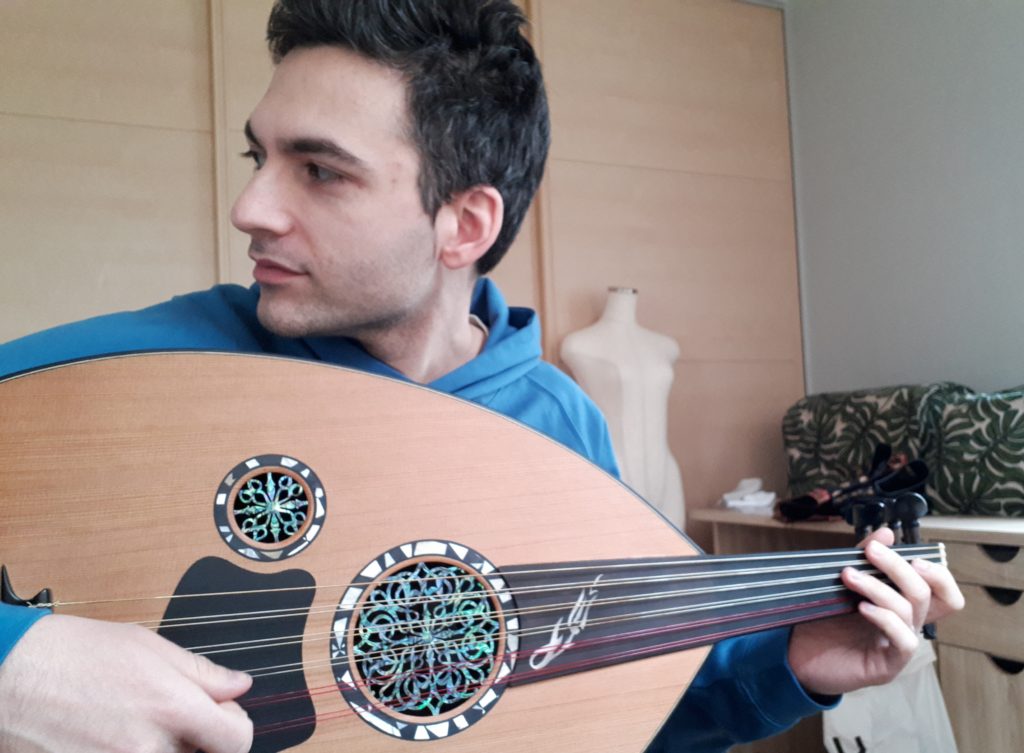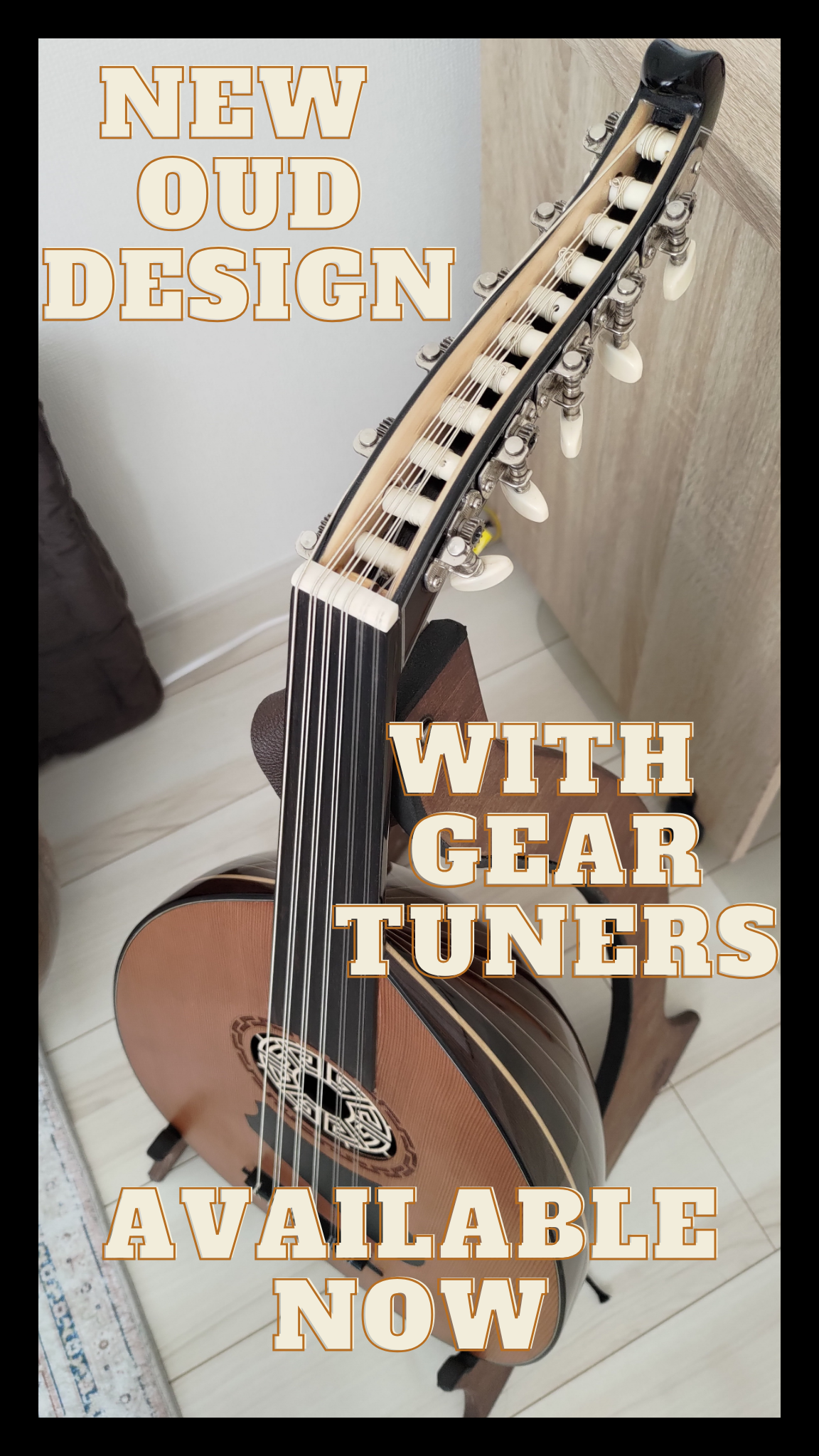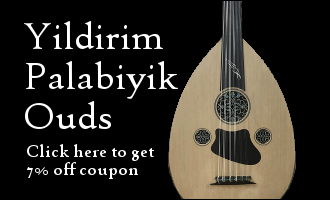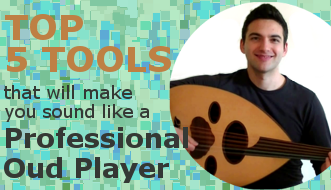I used to think maqams had 7 notes, like Western scales… and I used to think they were very rigid.
But now, I see maqams more like a mosaic, or like a tapestry…
This tapestry has been built on for thousands of years, added to, destroyed and lost, adapted, and sometimes simplified or reduced, but they are connected and webbed together by common threads.
Today I want to show you the fabric of the tapestry of maqams.
In the world of modal music as it relates to the Oud, there are several tapestries that are the most well known, are distinguishable from each other, but also overlap:
North African Maqam
Arabic Maqam
Iraqi Maqam
Turkish Maqams
Persian Dastgah
Central Asian Shashmaqam
On OudforGuitarists.com, I generally write about Arabic Maqam as it’s very well-known and widespread, but my main specialty and passion is in Persian Dastgah. And I love to make comparisons.
Today, you will learn about the building blocks of the tapestry of maqams and finally get the long and the short of Arabic Maqam:
The Long and the Short of Arabic Maqams
One of the cool aspects of Maqam music is called modulation. Modulation is changing from one mode to another mode or from one scale to another. Or in this case, one maqam to another.
Did you know you can actually hear this occur in Western Classical music? Click here to read the article and hear one of my favourite examples of modulation in Western Classical music.
What’s the strangest maqam you have encountered? Some maqams are really strange. There is one particular maqam that requires a certain finesse to execute well. I’m talking about Maqam Lami. This maqam doesn’t give a strong feeling of resolution when you just think of the Maqam as a set of notes. It’s THE WAY you end your melodic phrase that gives the impression of resolution. What are some maqams which you find difficult to relate to? What maqams sounds the most foreign and exotic to you?
Reading about maqam music is great, but it’s more important that you hear it and see it in action to really understand it better.
If you don’t, you’ll only have a small part of the picture.








I am learning oud, baglama, tanbur and duduk and also play other instruments incl guitar, darabukka, flute etc. I have heard some Kurdish music from the ZaZa region that has a maqam with 3/4 notes and it is delicious because the melody seems to float unevenly above the tonic and never resolve in the way Western music does. I would love to know whether that maqam is live a for of Segah or Sabah and learn how to play it.
Very cool. I’d love to hear that music from the zaza region if you have a link.